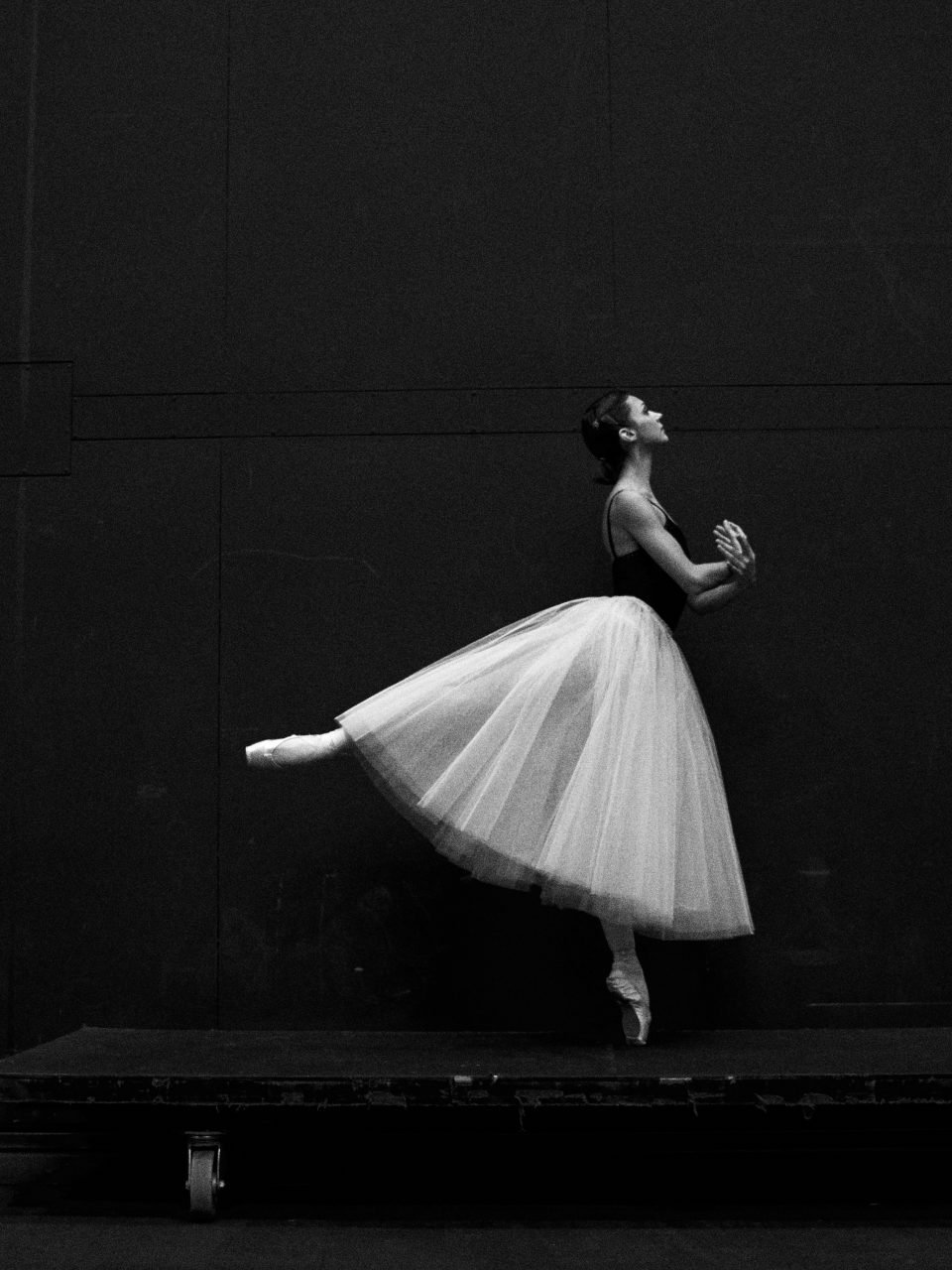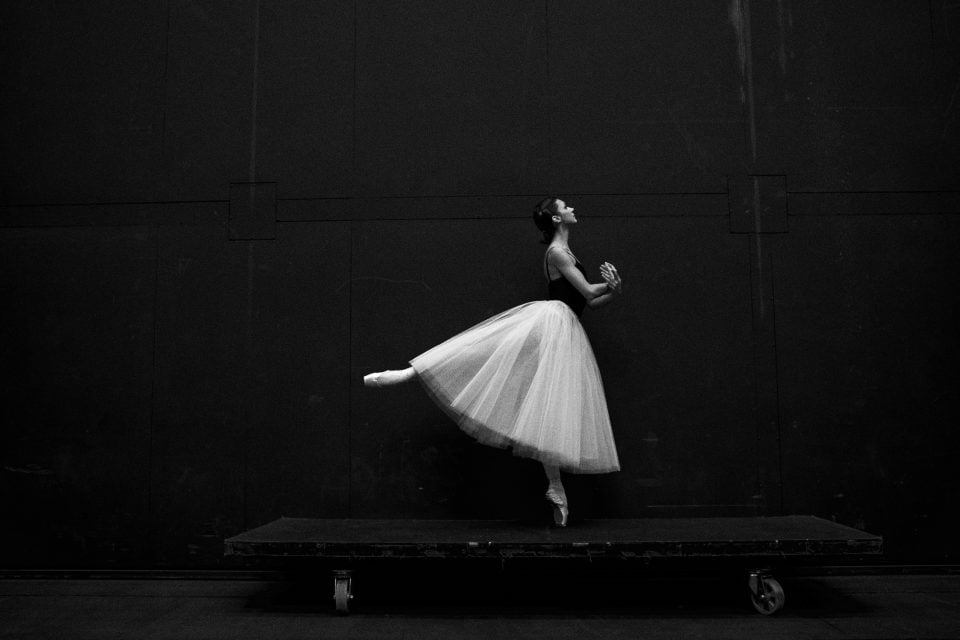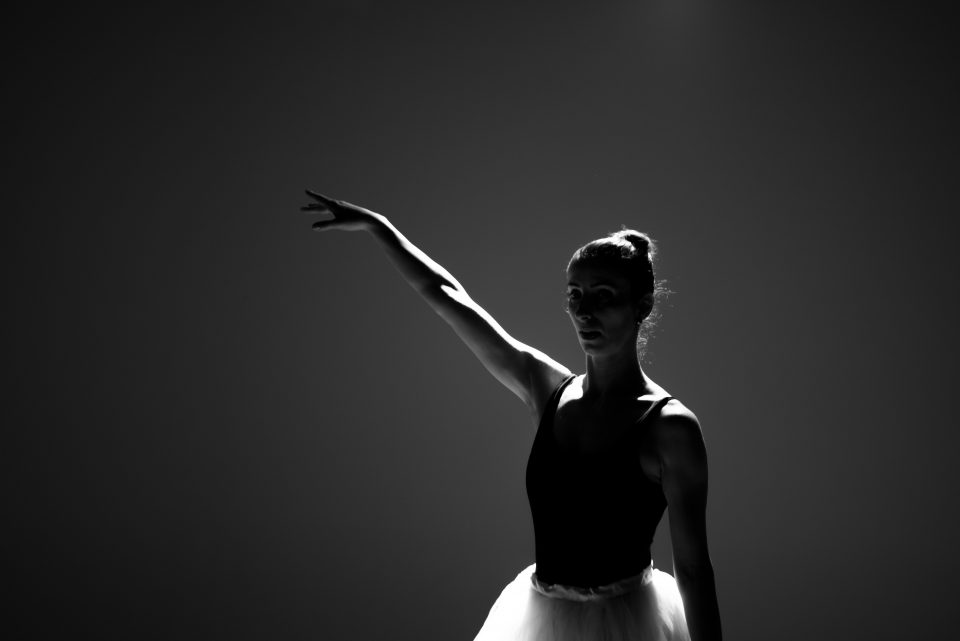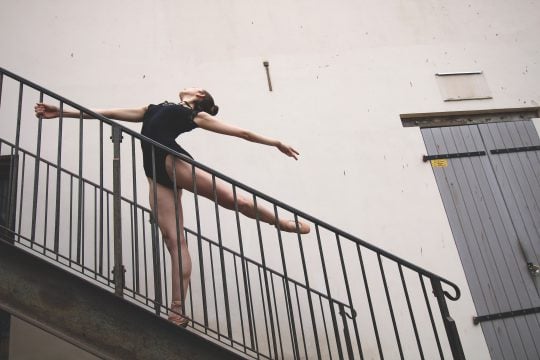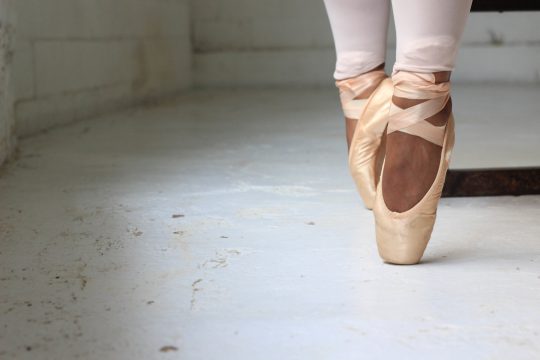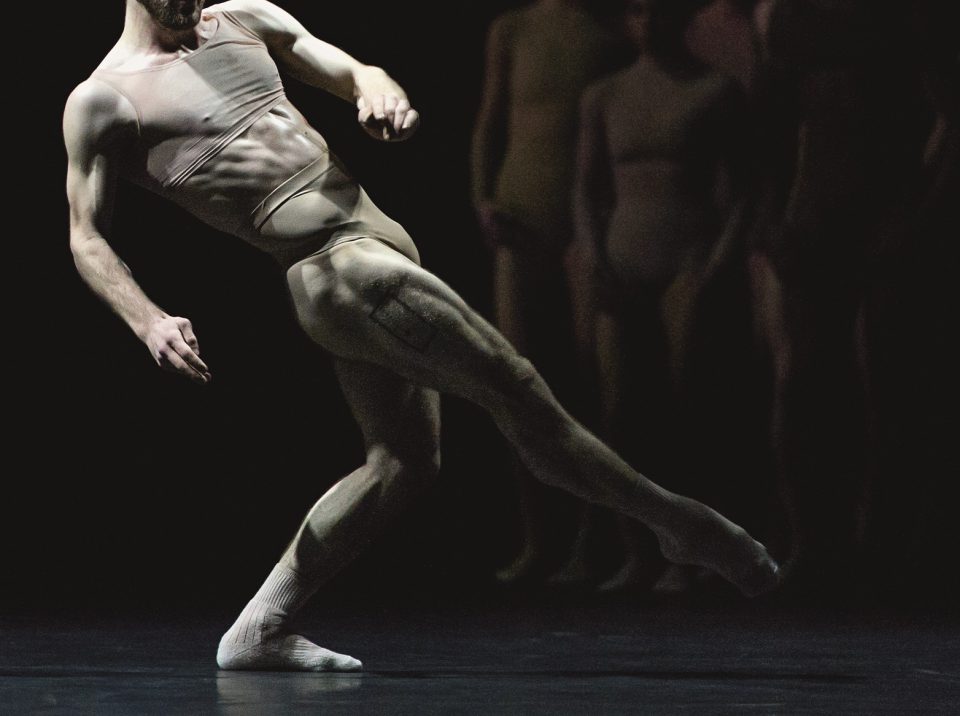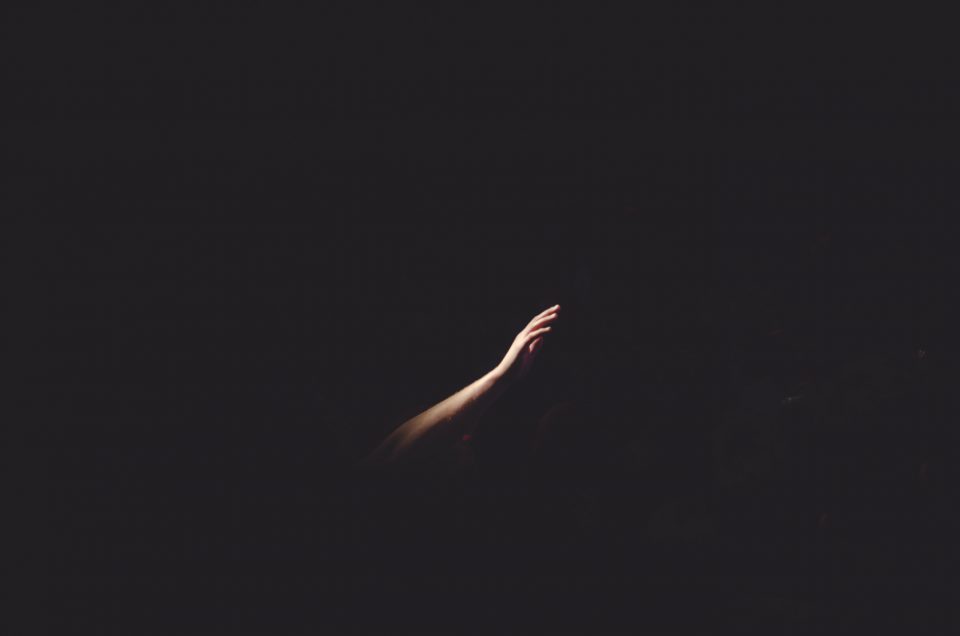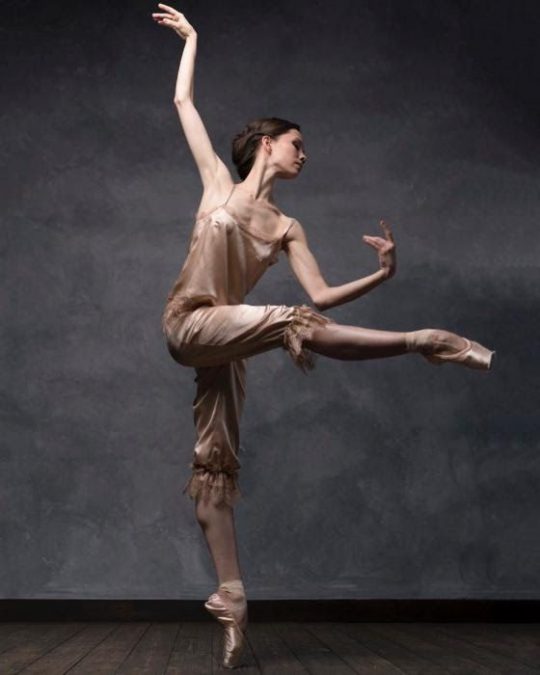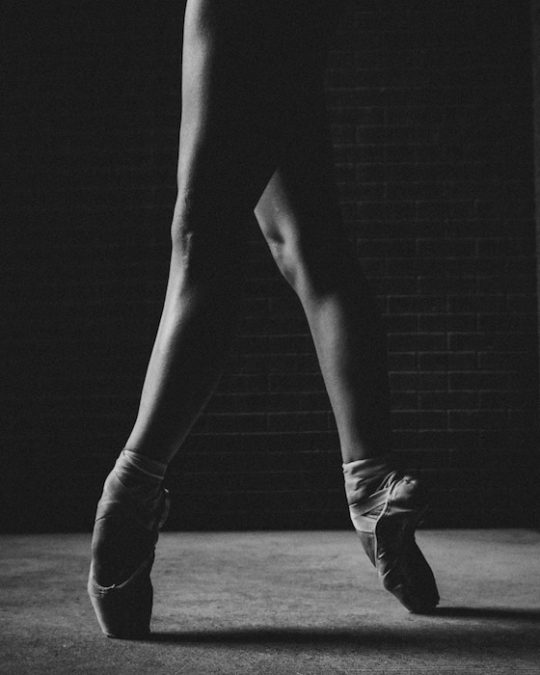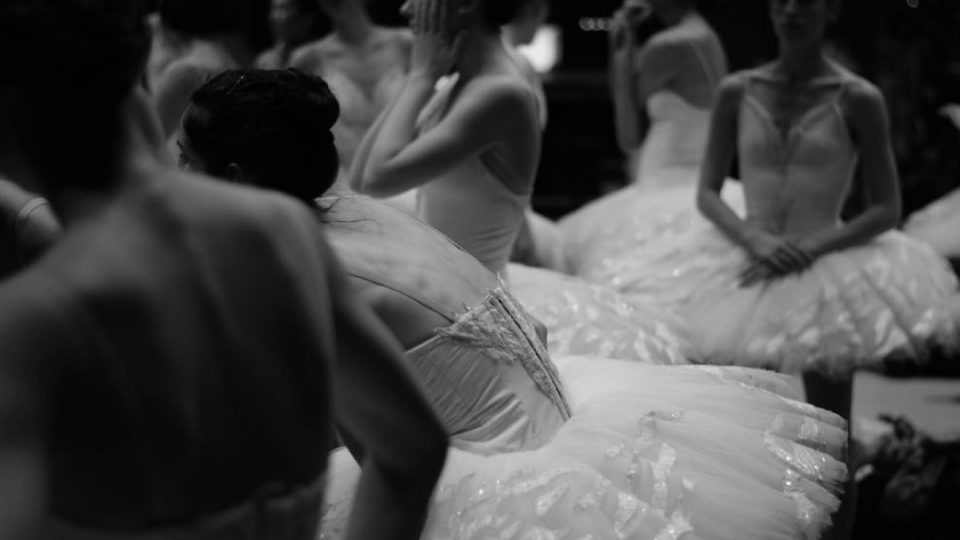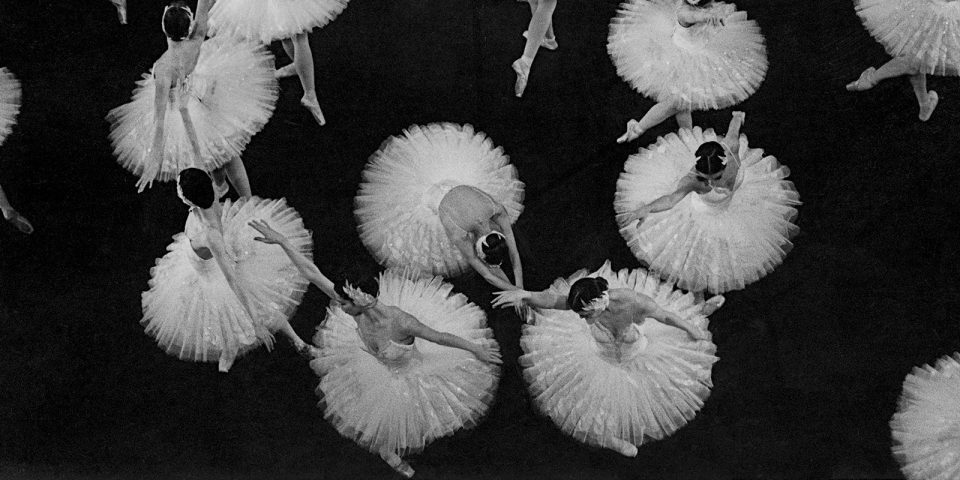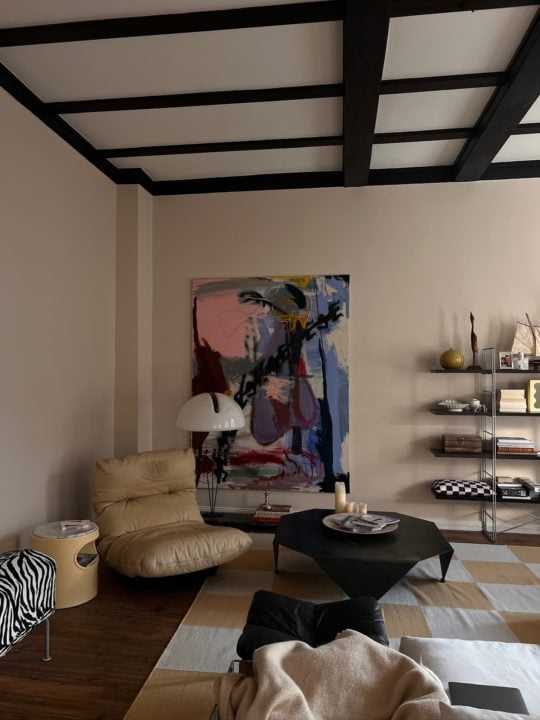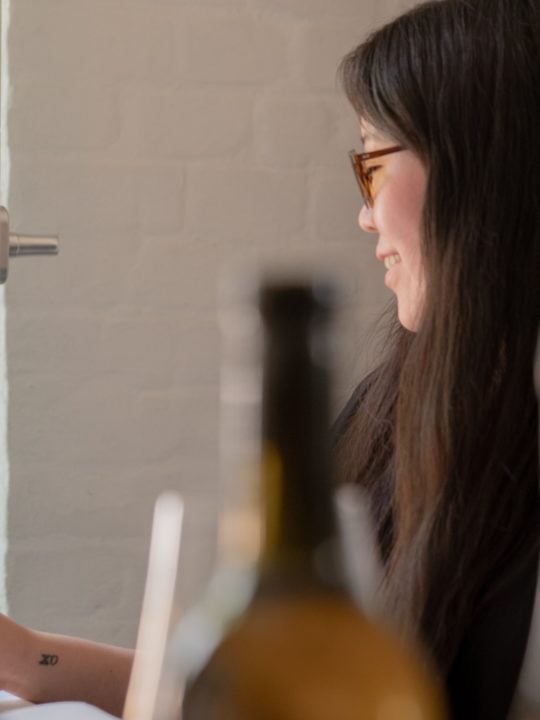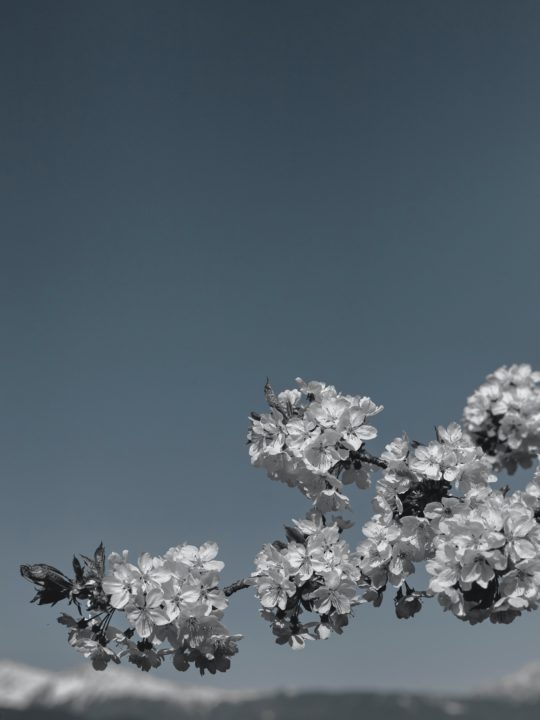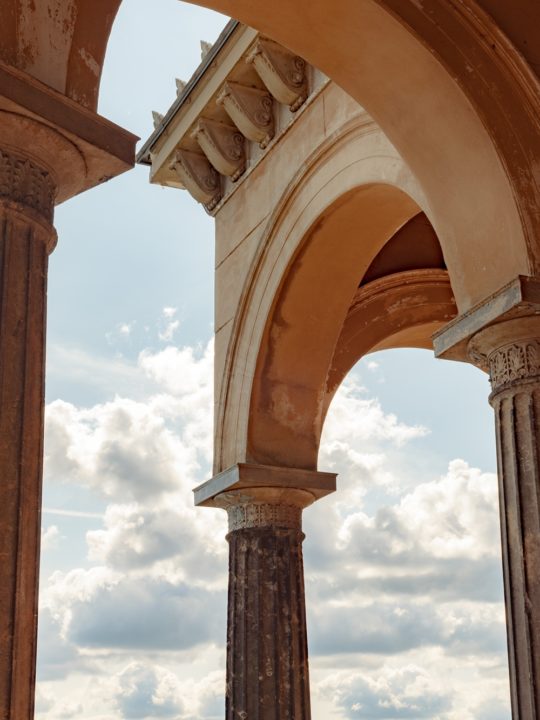BALLET – A SYMPHONY OF BALANCE
Ballet has been around since the 15th century, and from early renaissance courts to the stages today it has held audiences spellbound, convinced dancers to dedicate years of their lives to rigorous training, and keeps us coming back for more. What is it that sets it apart from other art forms?
Ballet is one of the most beautiful and inspiring art forms of the world, it reaches for the heights of human beauty. We witness what the human body can accomplish when the heart and mind is determined and when persistence overcomes limitation, again and again. And yet, it goes far beyond physical accomplishments.
Ballet is magical.
Sitting in the dark and the orchestra plays the first notes and the dancers come on stage, when two solo dancers perform a pas de deux perfectly. When a dancer becomes the music, your heart catches fire, and it’s the most precious feeling in the world. It’s the wedding of musicality and technique, ballet is capturing grace and strength while telling a story with every lift of a chin and every extension of a foot. Following each step, you find yourself on an emotional journey, totally immersed in the play. Ballet can be dramatic, but also serious, political, or even funny. It can be peaceful, or – what captivates people most – truly magical! Watching a play goes deep inside to our hidden spaces, spaces that do not only believe in magic, but know that magic is happening in this very moment: The beauty of a dancer’s body and its liquid movement, the music and choreography, the costumes and sets, the power of the dancer in the performance.
The movements are pure gracefulness, seemingly made from craft and effort for the dancers. Life altering choices, commitment, training, and perseverance; dancing ballet is a choice over almost everything else in life. It requires hard work and strength to make everything seem so effortless, to create and master this featherlike aesthetic.
When you go and see a ballet, you know what you are going to get. Because of its long heritage, of existing tradition and order, it may be rigid and classical ballet is the most formal style. But the beauty is that within this framework the performers breathe a living spirit. Ballet today is challenging choreographers, directors and performers alike, as it is ever evolving and reaching for new heights. Despite its tradition, it never stands still.
Berlin is the home of Germany’s biggest company, Staatsballett Berlin. Playing in three venues, the three opera houses range from tradition to modernity: Komische Oper, once the leading theatre for operettas and revues in the 1920s; Deutsche Oper Berlin, a monumentally impressive building with an elegant interior built in 1961, and the extensively restored and refurbished Staatsoper unter den Linden, celebrating its 275th birthday, telling of former centuries and glamorous times. Last year the ensemble moved back into its traditional domicile, marking a new chapter in its history.
In September the new ballet season starts under the new direction of Johannes Öhman, with Sasha Waltz following next year. Their personas embody each classic or contemporary dance, and during their co-directorship they want to start a dialogue between traditional and contemporary dance. Honoring the past, and embracing the future. And even though the new repertoire is mainly classical, it’s the beginning of change, of a vision, of building a bridge between both scenes. With respect, and with balance.

